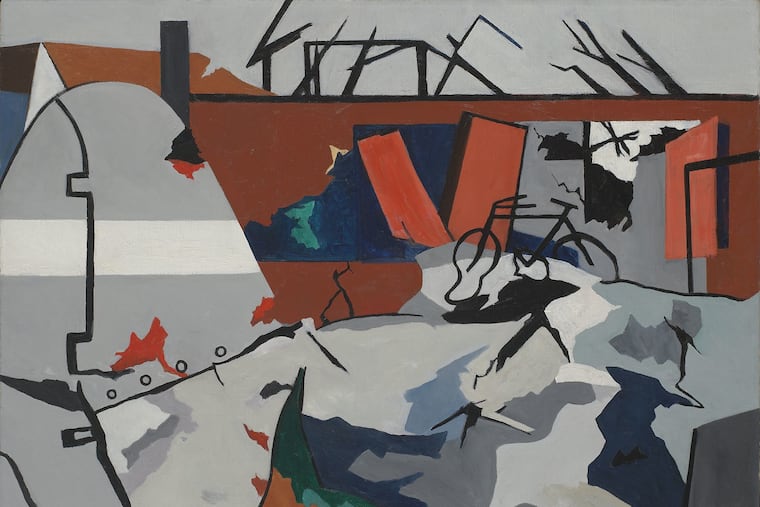Airplanes, atomic bombs, weather maps — and a Chadds Ford artist’s complicated view from aloft
The new Brandywine Museum exhibition "Air & Space & War” focuses on painter Ralston Crawford's work during World War II and just after it, as the tech he loved lost its gloss.
